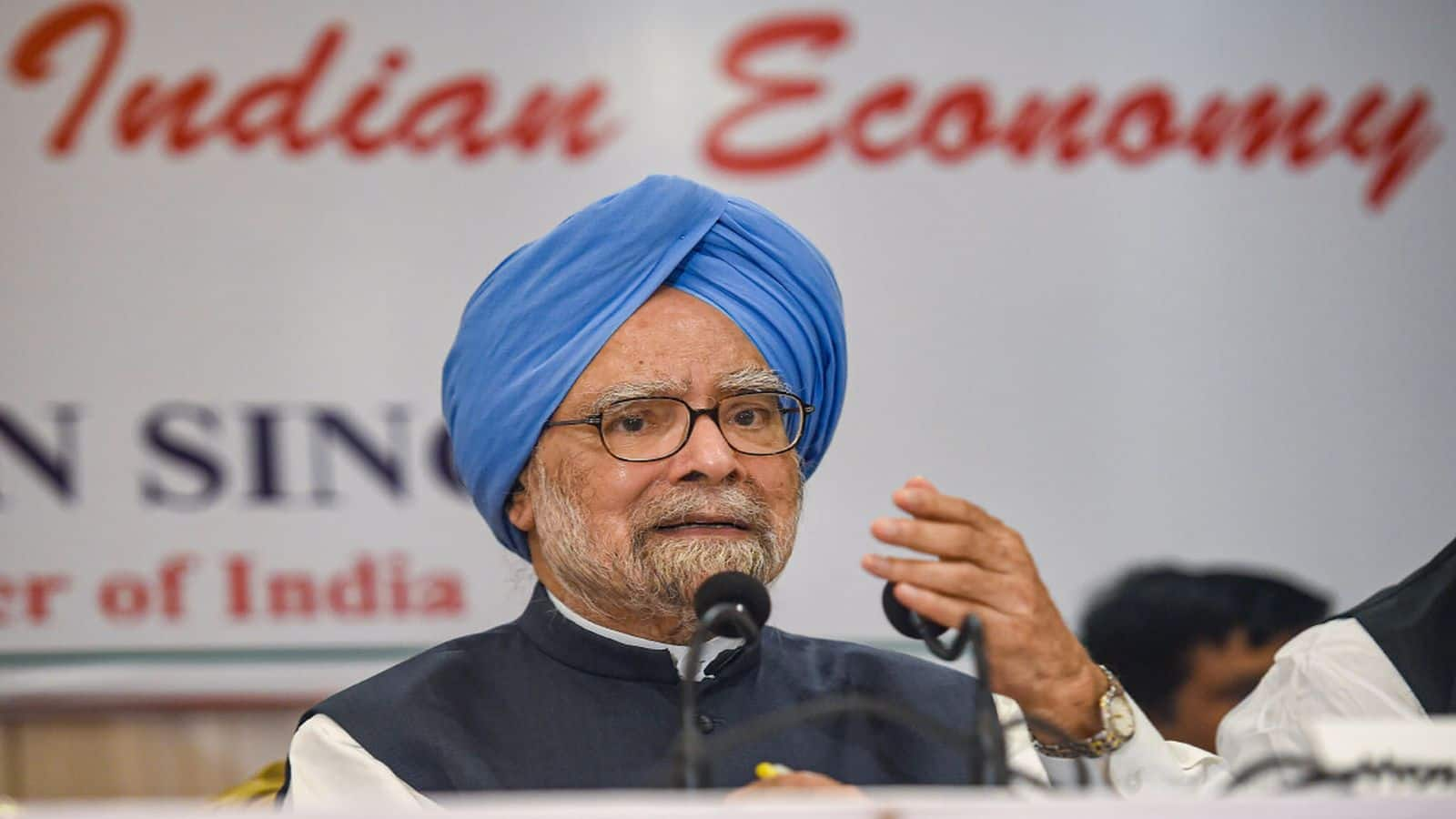
Former Prime Minister of the country Manmohan Singh is not among us today. The Indian stock market had traveled its most golden journey under his leadership. He was the leader who gave a new economic direction to India, and this change also took the Indian stock market to new heights. Be it the economic crisis of 1991 or his tenure as Prime Minister between 2004 and 2014, the Indian stock market not only took a historic leap during this period, but also became the most preferred investment destination for investors around the world.
Manmohan Singh left us on 26 December at the age of 92. Let us understand how his economic reforms and policies took the Indian stock market to new heights.
1991: India’s period of economic independence
India stood on the brink of an economic crisis in 1991. This was the time when India had to take big steps to improve its economic condition. And these steps were taken by Manmohan Singh, who was then the Finance Minister of India. His policies completely changed the economic structure of India. He started the process of historic liberalization. He freed the Indian economy from the license raj and opened the doors of the Indian market to the private sector.
License Raj was abolished during his tenure as Finance Minister. Import duties were reduced. Foreign investment was allowed in key sectors like insurance and the way for the rupee to become partially convertible was opened. The result of these reforms was that the BSE Sensex, which averaged 1,440 points in 1991, rose to 4,400 points the following year in 1992, indicating increased confidence in India by new investors.
VK Vijayakumar, Chief Investment Strategist, Geojit Financial Services, said, “The Sensex was around 1,000 points in 1991, since then it has grown almost 780 times, now trading above 78,000. It has provided excellent returns to long-term investors.” India’s growth story was given impetus by Manmohan’s policy of liberalization, which continues till now.
It was during the tenure of Manmohan Singh that the National Stock Exchange (NSE) was established in 1994, which changed the definition of the Indian stock market. It promoted electronic trading and transparency, which increased investor confidence and led to more active participation in the market.”
Growth of new sectors due to liberalization
Manmohan Singh’s reforms took sectors like IT, pharma, and private banking to new heights. Giant companies like Infosys, TCS, HDFC Bank, and ICICI Bank are the product of these reforms, which are the market leaders today.
2004-2009: Manmohan Singh’s first term as Prime Minister (UPA I)
Manmohan Singh’s first term as Prime Minister was a boom period for the Indian stock market. NSE Nifty gave more than 135% returns in this period. Many major reforms were made during this period. Like FDI limit was increased in telecom and insurance. Major investments took place in the infrastructure sector. Privatization of ports and airports accelerated economic activity. There was a huge jump in corporate earnings during this period.
The result was that the Nifty, which was at 1,438 points in 2004, increased to 6,357 points by 2007. In the financial year 2007, Nifty gave a return of 55%. Although the global economic crisis of 2008 shook all the markets, India handled it better under the leadership of Manmohan Singh and there was no major decline in the Indian stock market during this period. Conservative monetary policy of the Reserve Bank of India (RBI) and the government’s incentive package kept the market stable.
2009-2014: Manmohan Singh’s second term as Prime Minister (UPA II)
At the beginning of Manmohan Singh’s second term, there was a tremendous rise in the Indian stock market. After the coalition government was formed again in May 2009, the Nifty jumped up to 17% in a day. Nifty gave a total return of 96% during the entire UPA-2 tenure.
But as time progressed, continuous reports of policy paralysis and corruption in UPA-2 hurt investor confidence. Despite this, India’s stock market showed its resilience and Nifty gave a strong return of 31% in the financial year 2013–14.
Manmohan Singh’s contribution was not limited to the Indian stock market only. The reforms undertaken by him also greatly strengthened the Indian economy. The impact of his reforms can still be felt in every industry and sector. Because of his policies, today India has one of the largest and fastest growing stock markets in the world.
Also read- ‘My car is this Maruti 800’ Even after becoming the Prime Minister, Manmohan Singh did not like to drive in BMW.
Disclaimer: The views and investment advice given by experts/brokerage firms on Moneycontrol are their own and not those of the website and its management. Moneycontrol advises users to consult certified experts before taking any investment decision.